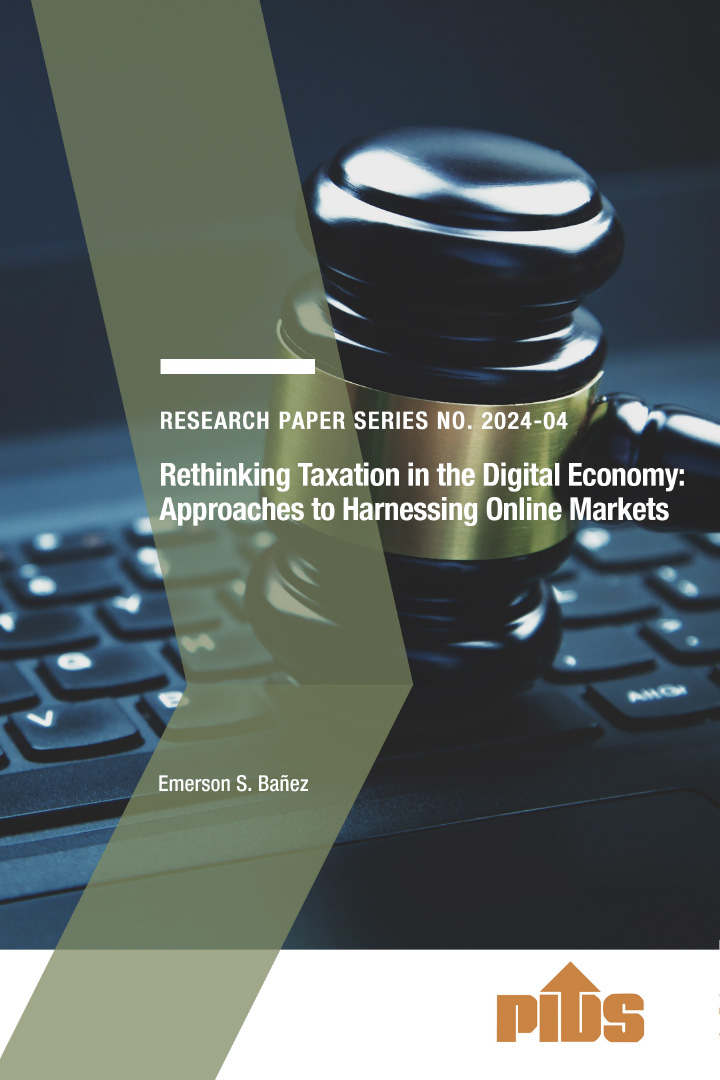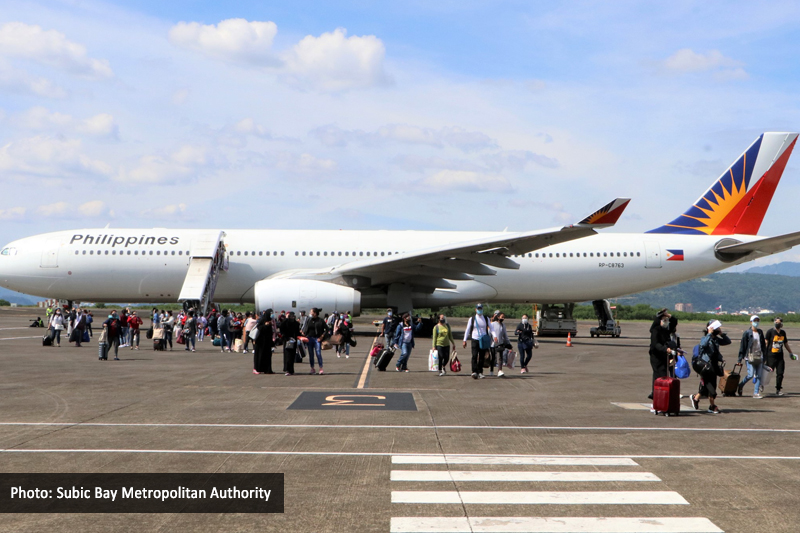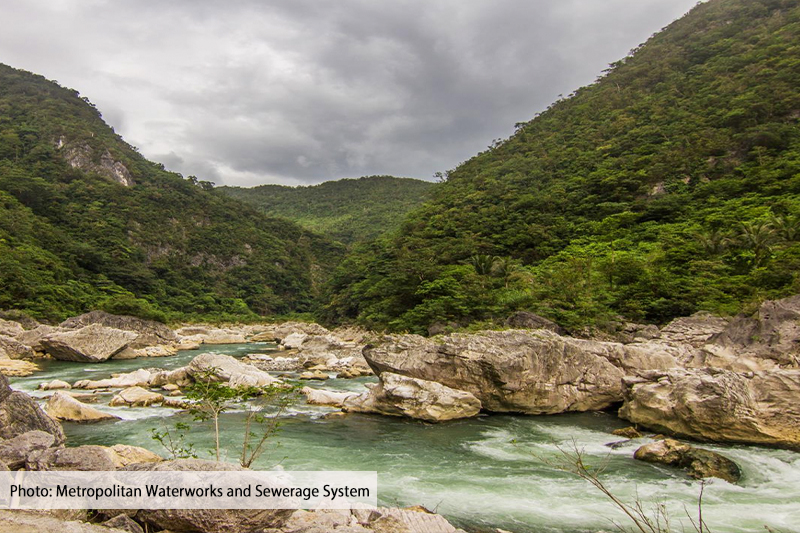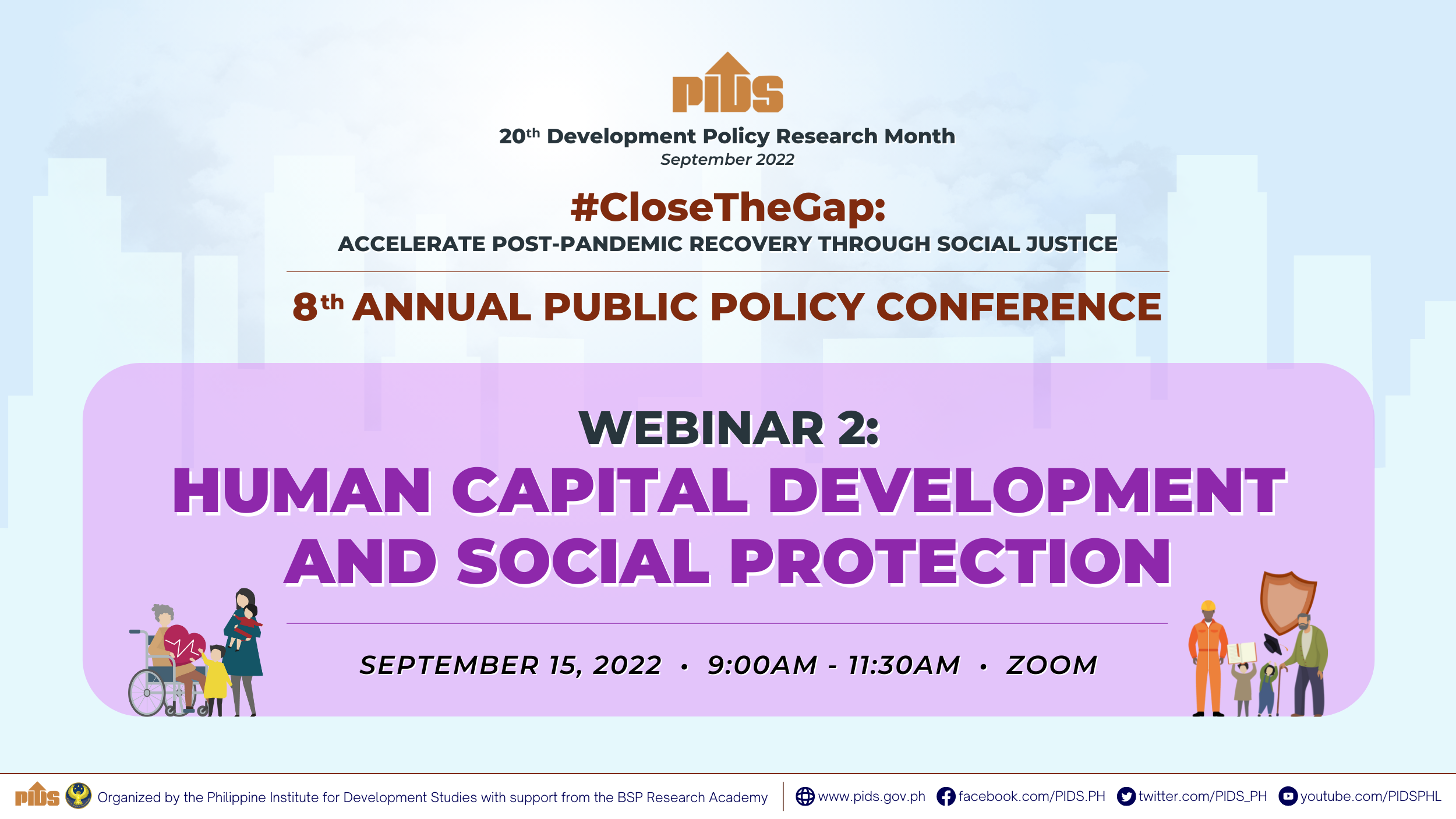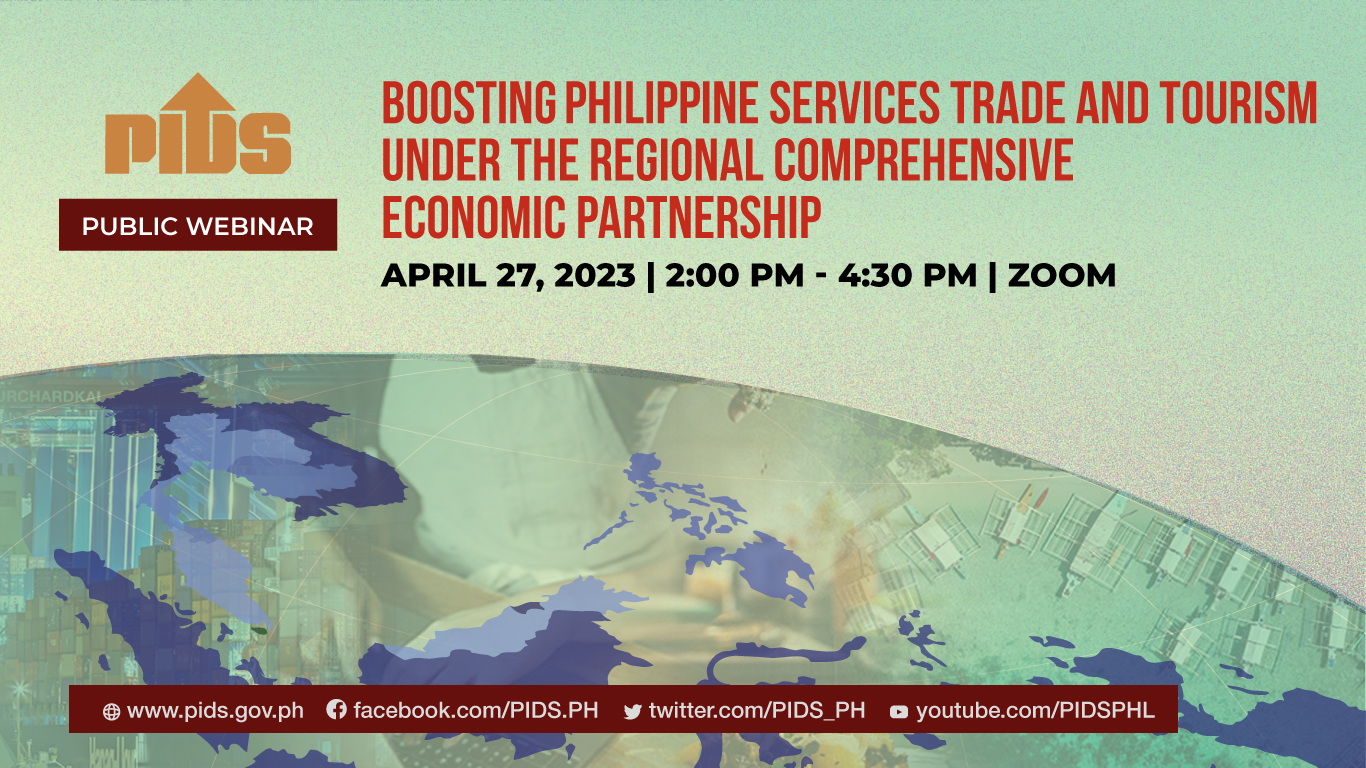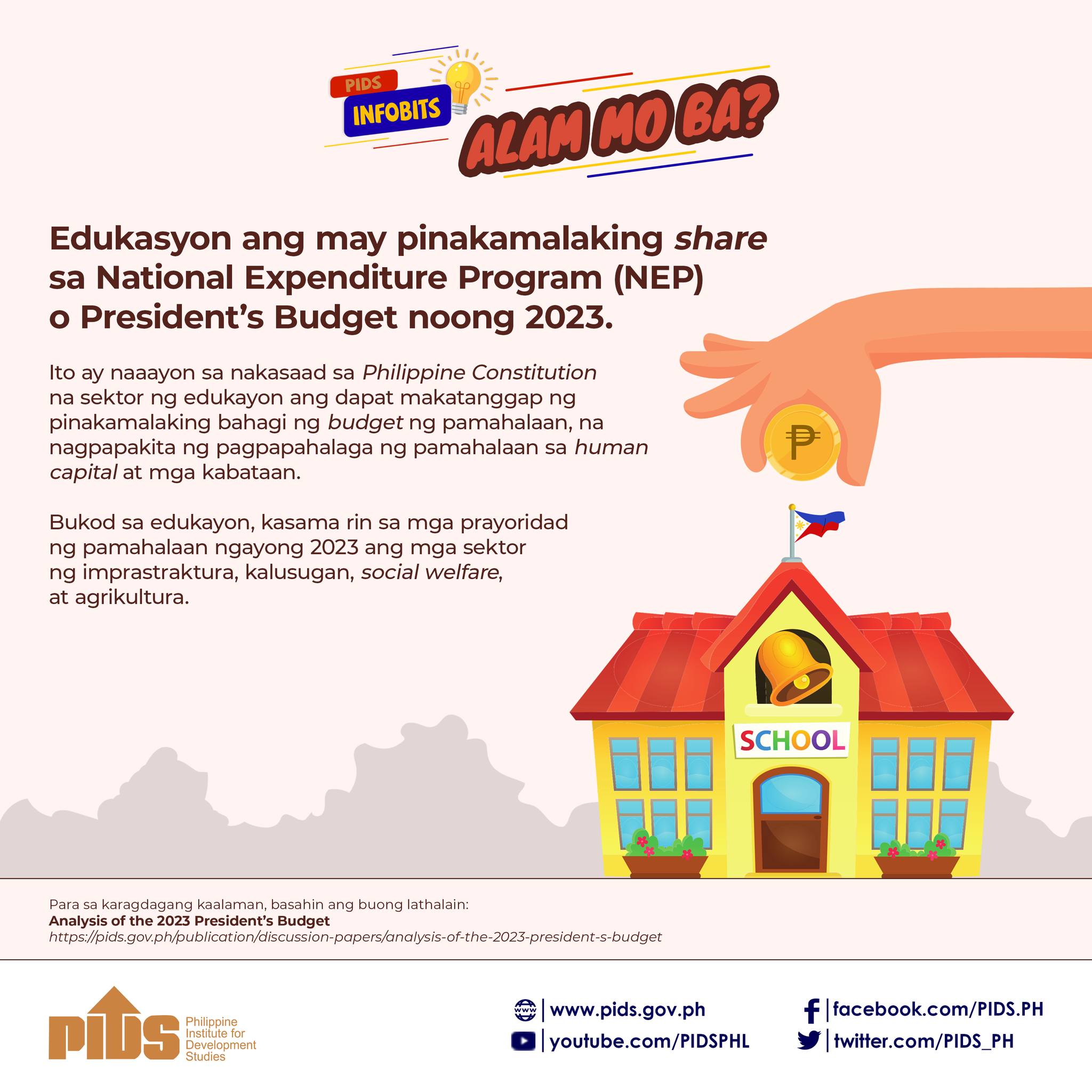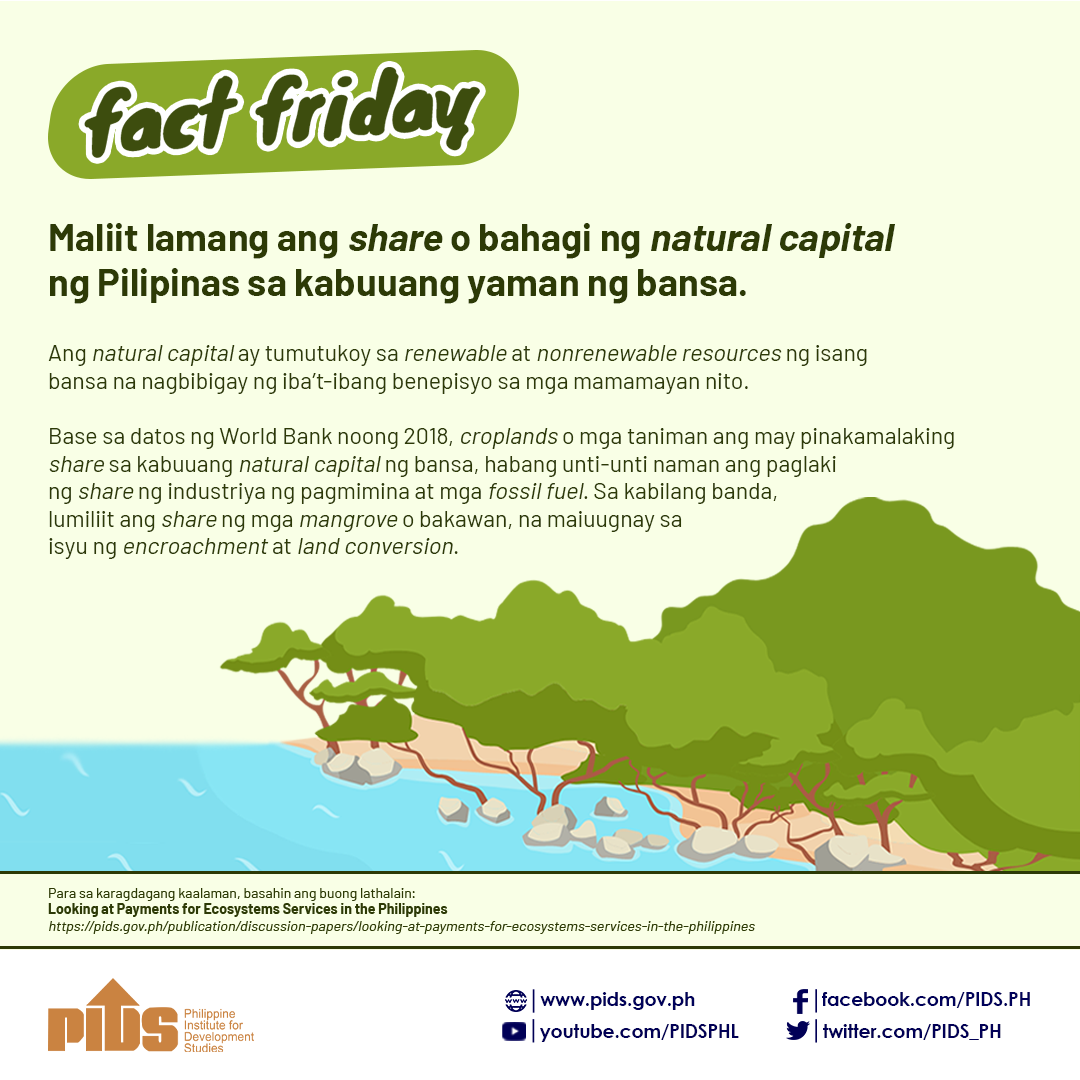Third of a series
AFTER winning any presidential election, wooing investors is usually the tougher part for any incoming CEO of the land.
But this wasn’t the case for President Aquino, whose call for good governance six years ago resonated with investors at a time that the nation needed relief from corruption concerns during the nine-year Macapagal-Arroyo administration and the short-lived Estrada presidency.
With Aquino’s good-governance-is-good-economics mantra, the Philippines was able to shed off the “Sick Man of Asia” stigma. He led the country to the sweet spot of high-growth, low-inflation environment. For the first time in history, Philippine sovereign debt—which had long been considered “junk,” acquired an investment grade status, beating Indonesia in getting the imprimatur from all three major global rating debt watchdogs, Moody’s, S&P and Fitch.
The investment grade status achieved during the Aquino regime made it possible for Philippine corporations to tap offshore capital markets at record-low borrowing costs. Under Aquino’s leadership, the country also significantly improved its global competitiveness rankings and clawed its way back on the global spotlight.
Turnaround story
As a result, investors who had bet on the turnaround story made a lot of easy money in the last six years. The Philippine Stock Exchange index reached multiple highs, more than doubling its level before the Aquino regime and outperforming many peer markets. Last year, the PSEi closed at 6,952.08, a far cry from the 3,052.68 finish in 2009. The President is now ending his term with the local stock barometer at 7,500 levels, transcending initial election uncertainties.
A high bar has been set and the numbers speak for themselves. The trend gross domestic product (GDP) growth rate under the Aquino administration (2010 to 2016) improved to over 6 percent, led by the rebound in the industrial sector and the resilient services sector.
For equity investors, such a growth trajectory is important as a backdrop to support growth in corporate earnings. Aided mainly by what some analysts describe as “legacy” spending ahead of the elections, Philippine GDP grew by 6.9 percent year-on-year in the first quarter of 2016, giving the country the bragging right as having the fastest economy in Asia, edging out China.
Of course, the Aquino government could not have done it without a benign global environment. After the Wall Street-epicentered global financial crisis, central banks across the globe led by the US Federal Reserve started injecting more liquidity into financial systems.
“The main achievement of President Aquino was to maximize the benefits of the QE program of the Federal Reserve, which released massive amounts of US dollar and boosting liquidity in the global financial system. With the liquidity, the economic team was able to refinance and swap our near-maturity debt at that time and stretch out the payments, ultimately helping us achieve investment grade,” said Jose Mari Lacson, deputy head of research at BPI Securities.
Global limelight
We have also seen bigger foreign direct investment inflows into the country, albeit the share is still much smaller than what what other neighbors in the region are getting. We have seen property developers launch new industrial estates to cater to foreign investors in search of manufacturing hubs.
To date, the domestic economy continues to rely on remittances from overseas Filipino workers although receipts from the booming business process outsourcing are expected to become the more dominant driver soon. Meanwhile, tourism has emerged as a new driver during the Aquino regime, which successfully launched the “more fun in the Philippines” campaign and also hosted major international events that put the country in the global limelight such as the Asian Development Bank annual meetings (2012), World Economic Forum East Asia Summit (2014) and Asia-Pacific Economic Cooperation (2015) meetings.
Gilbert Llanto, president of think tank Philippine Institute for Development Studies (PIDS), said the outgoing President could point to a “sterling” economic performance on his watch alongside low inflation, macroeconomic stability, investment grade credit ratings, a stable banking industry and prospects of higher growth in the immediate future.
“Aquino’s main contribution lies in demonstrating that investor-friendly, market-enhancing economic policies and improvements in the governance framework lead to higher growth,” Llanto said.
Diversify
Meanwhile, abundant liquidity and record low borrowing costs have also made corporate Philippines more outward looking. Many conglomerates have become more confident to expand and diversify, not just domestically but also in offshore markets.
“The image of the Philippines has completely changed,” said former World Bank country director Matoo Konishi. “It’s now what it was 20 years ago. This new image comes from hard work done by the President and Cabinet members and also civil society organizations and the private sector really pressing integrity, good governance and service to the people.”
Aquino’s infrastructure building program using the public-private partnership (PPP) framework also excited investors, although some were eventually disappointed with the pace of execution.
Although much has been achieved during Aquino’s term, many challenges remain.
PIDS’ Llanto noted that deep seated problems of the high incidence of poverty and high levels of income inequality remained. “A large segment of the well-educated workforce can’t find quality jobs domestically and many are employed overseas. Economic growth needs to be more inclusive. Growth is important, and so are the economic policies that create it. But growth is meaningless unless poor and disadvantaged citizens are able to cross over the poverty divide,” the economist said.
BPI Securities’ Lacson said the government failed to anticipate the effects and manage the unprecedented growth that came with the liquidity boost.
“Slow execution of transportation infrastructure strategy placed a great burden on labor and business cost,” he said.//
AFTER winning any presidential election, wooing investors is usually the tougher part for any incoming CEO of the land.
But this wasn’t the case for President Aquino, whose call for good governance six years ago resonated with investors at a time that the nation needed relief from corruption concerns during the nine-year Macapagal-Arroyo administration and the short-lived Estrada presidency.
With Aquino’s good-governance-is-good-economics mantra, the Philippines was able to shed off the “Sick Man of Asia” stigma. He led the country to the sweet spot of high-growth, low-inflation environment. For the first time in history, Philippine sovereign debt—which had long been considered “junk,” acquired an investment grade status, beating Indonesia in getting the imprimatur from all three major global rating debt watchdogs, Moody’s, S&P and Fitch.
The investment grade status achieved during the Aquino regime made it possible for Philippine corporations to tap offshore capital markets at record-low borrowing costs. Under Aquino’s leadership, the country also significantly improved its global competitiveness rankings and clawed its way back on the global spotlight.
Turnaround story
As a result, investors who had bet on the turnaround story made a lot of easy money in the last six years. The Philippine Stock Exchange index reached multiple highs, more than doubling its level before the Aquino regime and outperforming many peer markets. Last year, the PSEi closed at 6,952.08, a far cry from the 3,052.68 finish in 2009. The President is now ending his term with the local stock barometer at 7,500 levels, transcending initial election uncertainties.
A high bar has been set and the numbers speak for themselves. The trend gross domestic product (GDP) growth rate under the Aquino administration (2010 to 2016) improved to over 6 percent, led by the rebound in the industrial sector and the resilient services sector.
For equity investors, such a growth trajectory is important as a backdrop to support growth in corporate earnings. Aided mainly by what some analysts describe as “legacy” spending ahead of the elections, Philippine GDP grew by 6.9 percent year-on-year in the first quarter of 2016, giving the country the bragging right as having the fastest economy in Asia, edging out China.
Of course, the Aquino government could not have done it without a benign global environment. After the Wall Street-epicentered global financial crisis, central banks across the globe led by the US Federal Reserve started injecting more liquidity into financial systems.
“The main achievement of President Aquino was to maximize the benefits of the QE program of the Federal Reserve, which released massive amounts of US dollar and boosting liquidity in the global financial system. With the liquidity, the economic team was able to refinance and swap our near-maturity debt at that time and stretch out the payments, ultimately helping us achieve investment grade,” said Jose Mari Lacson, deputy head of research at BPI Securities.
Global limelight
We have also seen bigger foreign direct investment inflows into the country, albeit the share is still much smaller than what what other neighbors in the region are getting. We have seen property developers launch new industrial estates to cater to foreign investors in search of manufacturing hubs.
To date, the domestic economy continues to rely on remittances from overseas Filipino workers although receipts from the booming business process outsourcing are expected to become the more dominant driver soon. Meanwhile, tourism has emerged as a new driver during the Aquino regime, which successfully launched the “more fun in the Philippines” campaign and also hosted major international events that put the country in the global limelight such as the Asian Development Bank annual meetings (2012), World Economic Forum East Asia Summit (2014) and Asia-Pacific Economic Cooperation (2015) meetings.
Gilbert Llanto, president of think tank Philippine Institute for Development Studies (PIDS), said the outgoing President could point to a “sterling” economic performance on his watch alongside low inflation, macroeconomic stability, investment grade credit ratings, a stable banking industry and prospects of higher growth in the immediate future.
“Aquino’s main contribution lies in demonstrating that investor-friendly, market-enhancing economic policies and improvements in the governance framework lead to higher growth,” Llanto said.
Diversify
Meanwhile, abundant liquidity and record low borrowing costs have also made corporate Philippines more outward looking. Many conglomerates have become more confident to expand and diversify, not just domestically but also in offshore markets.
“The image of the Philippines has completely changed,” said former World Bank country director Matoo Konishi. “It’s now what it was 20 years ago. This new image comes from hard work done by the President and Cabinet members and also civil society organizations and the private sector really pressing integrity, good governance and service to the people.”
Aquino’s infrastructure building program using the public-private partnership (PPP) framework also excited investors, although some were eventually disappointed with the pace of execution.
Although much has been achieved during Aquino’s term, many challenges remain.
PIDS’ Llanto noted that deep seated problems of the high incidence of poverty and high levels of income inequality remained. “A large segment of the well-educated workforce can’t find quality jobs domestically and many are employed overseas. Economic growth needs to be more inclusive. Growth is important, and so are the economic policies that create it. But growth is meaningless unless poor and disadvantaged citizens are able to cross over the poverty divide,” the economist said.
BPI Securities’ Lacson said the government failed to anticipate the effects and manage the unprecedented growth that came with the liquidity boost.
“Slow execution of transportation infrastructure strategy placed a great burden on labor and business cost,” he said.//


